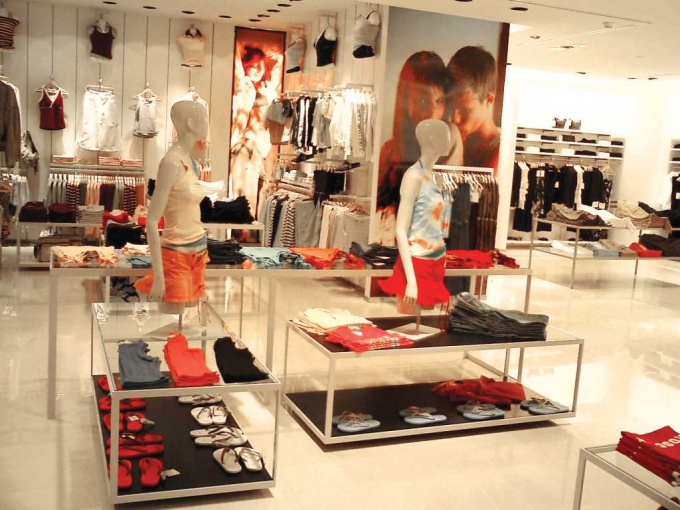You will need
- money.
- - services designer.
Instruction
1
Decide the concept of your store. The design must fit the positioning of your brand. For example, a boutique with clothes for the business woman should not look pretentious and pompous, and shop evening dresses, in contrast, requires the creation of a solemn atmosphere. If the budget allows, resort to the services of a professional designer.
2
Regardless of the style sold clothes and budget, you can arrange the store in a universal way. Give preference to clear lines and strict proportions. At the same time try to smooth things over and avoid so-called "spatial maze", which will block the consumer thread. Try to divide the sales area into zones in accordance with the collections of clothing, for example, "sweaters on the shelves", "clothes on the brackets, accessory at the front". These zones can be identified by different shades of the same color leading. If you sell under one brand name several lines (youth, casual, etc.), choose a single color, but to distinguish collections use different decor. For example, in the area of clothing for young people, add bright posters or lamps in a futuristic style.
3
Use in the design of the store no more than three colors, with the give preference to pastel shades. Such colors will visually expand and ennoble the space. Try not to overload trade area with unnecessary decoration because it will distract the attention from the clothes.
4
Consider lighting solutions. Lighting should be focused on brackets and shelves, so that the buyer can adequately assess the color scheme of clothing. It is highly effectively in the sales area looks area offices with light: it becomes the visual center of a space about which to be pleased.
5
The best Windows are mannequins with selected images. Try to combine them to more clothes: buyers may want to buy all the components shown in the window image. In the trading room will also place the mannequins to the clients saw the finished stylistic decisions.
Note
Pay special attention to cleanliness. Even the most luxurious decor will never save the situation, if the store is a dirty floor, dusty shelves or showcases in divorce.
Useful advice
Pay attention to the details that create a pleasant atmosphere in the store. Turn on some good music, put sofas, vases of candy, take care of the pleasant smell with the help of special aerosols for the stores. These little things will cause buyers to linger in the store as long as possible.
